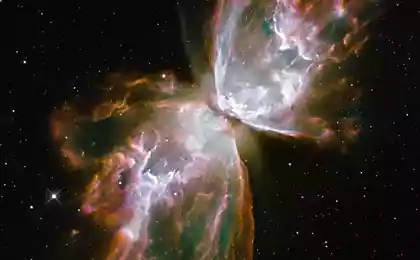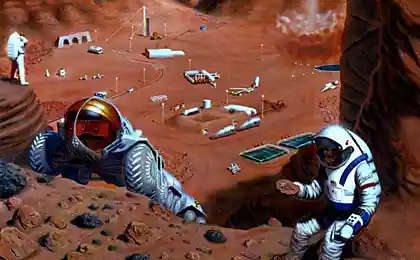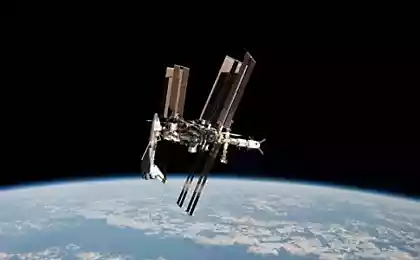1231
NASA discovered a new radiation belt around the planet

Radiation ring, previously unknown to science in the past year has surrounded the Earth, but after a while it was annihilated strong interplanetary shock waves, scientists say
This discovery was made by space probes Van Allen Twin NASA who study Earth's radiation belts; before they were called identical probes storm's radiation belts. An amazing discovery - a new, albeit temporary radiation belt around the Earth - shows how much we still do not know about the cosmos, even if we are talking about the regions closest to our own planet, the researchers added.
Once humanity started to explore outer space, the first significant finding was Van Allen radiation belts - areas captured in a magnetic trap powerful energy charged particles. For the first time this discovery was made in 1958.
"It was, as we thought, well established and fully understood by now the phenomenon. It's - the first discovery of the space age, "- said the project author Daniel Baker, a specialist in the field of space research at the University of Colorado.
These belts, according to scientists, are composed of two rings. Inner zone were high-energy electrons and positive ions are very energetic, which remain stable in its intensity for decades. The outer area includes mainly high-energy electrons, the intensity of which varies rapidly in time - from several hours to several days; the rate of change depends primarily on the impact of the solar wind - the stream of radiation emanating from the sun.
In 1958 were discovered two giant ring of radiation surrounding the Earth, known as the Van Allen belts. In 2012, monitoring probes Van Allen showed that sometimes may appear the third zone. Radiation is marked in yellow. Photo from nasa.gov
Opening of a new temporary radiation belt resumed research scientists, computer models considering Van Allen radiation belts from different angles, to understand how he appeared.
On the sunken ship in the XVI century found "sunstone" Viking
Under the Indian Ocean found the long-lost continent























